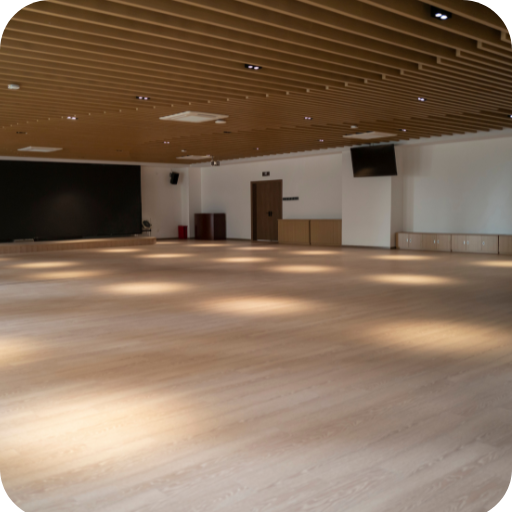Introduction
While this site focuses on West Coast Swing, this guide is a great template for forming any style of dance community.
West Coast Swing (WCS) isn’t just another dance style—it’s a community, a lifestyle, and a lot of fun. But what makes it special is the way it brings people together. If you’re considering starting a dance community, you’re in for a wild ride full of incredible moments, lasting friendships, and maybe a few challenges.

Benefits of Starting a Dance Community
Starting a dance community can be one of the most rewarding things you’ll ever do. Not only are you creating a space for people to learn and enjoy WCS, but you’re also building something that can bring a ton of joy and connection to your local area. Whether you’re a seasoned dancer or just someone with a passion for WCS, this guide will help you navigate the process from the ground up.
Overview of the Guide
We’ll cover everything from getting your core team together to launching your first events and how to keep your community growing strong for years to come. So, let’s dive in and set you up to create a dance community built to last!
Getting Started
Building a dance community from scratch might seem daunting, but it’s completely doable with the right people and a solid plan. The first step is finding your core team—those key individuals who share your passion for West Coast Swing and are eager to help you realize this dream. These people will take on essential roles like organizing events, managing finances, and promoting the community. It’s important to find folks who are reliable and genuinely enthusiastic about WCS and its potential to bring people together.
Once you’ve hired your team, the next step is determining how to sustain the community financially. This means setting realistic fees for classes and events, managing expenses carefully, and exploring fundraising options. Depending on your goals, you might consider starting a non-profit organization, which can open up additional funding opportunities and help with tax exemptions.
Of course, none of this will matter if you don’t have a place to dance. Securing a venue is crucial, and there are a few key factors to remember when choosing the right spot. You’ll need an affordable and suitable space for dancing—think about the size, floor type, and location. Negotiating with venue owners or managers is an important part of this process, so be prepared to discuss what you can offer in return for a favorable rental agreement.
These basics will set you on the right path to building a thriving West Coast Swing community. With a strong team, a solid financial plan, and a great venue, you’ll be ready to start hosting events and bringing people together to share the joy of dance.
First Steps
Launching Your Community
Enhancing the Dance Experience
Fostering Community Engagement
check Back for furture installments…

















